Increasing Geriatric Population
The Resorbable Polymer Market is likely to benefit from the increasing geriatric population, which is more susceptible to chronic diseases and requires advanced medical interventions. As the global population aged 65 and older continues to rise, the demand for surgical procedures and medical devices is expected to increase correspondingly. Resorbable polymers are particularly advantageous in this context, as they provide solutions that minimize the need for follow-up surgeries. The market is projected to grow significantly, with estimates suggesting a potential increase in demand for resorbable materials in orthopedic and cardiovascular applications. This demographic shift presents a substantial opportunity for the Resorbable Polymer Market to expand its reach and enhance patient care.
Environmental Sustainability Initiatives
The Resorbable Polymer Market is gaining traction as environmental sustainability becomes a priority across various sectors. With increasing awareness of plastic pollution, industries are shifting towards biodegradable alternatives. Resorbable polymers, which decompose naturally, present a viable solution to mitigate environmental impact. The market is projected to grow at a compound annual growth rate (CAGR) of around 12% over the next five years, driven by regulatory pressures and consumer preferences for sustainable products. Companies are investing in research and development to create innovative resorbable materials that align with eco-friendly practices. This shift not only addresses environmental concerns but also opens new avenues for growth within the Resorbable Polymer Market.
Rising Demand in Healthcare Applications
The Resorbable Polymer Market is experiencing a notable surge in demand due to its extensive applications in healthcare. These polymers are increasingly utilized in sutures, drug delivery systems, and tissue engineering, which are critical for patient recovery and treatment efficacy. The market for resorbable sutures alone is projected to reach approximately USD 3 billion by 2026, indicating a robust growth trajectory. This demand is driven by the need for biocompatible materials that can safely dissolve in the body, reducing the need for additional surgical procedures. As healthcare providers seek innovative solutions to enhance patient outcomes, the Resorbable Polymer Market is poised to benefit significantly from this trend.
Technological Innovations in Polymer Science
Technological advancements are playing a pivotal role in shaping the Resorbable Polymer Market. Innovations in polymer chemistry and processing techniques are leading to the development of new materials with enhanced properties. For instance, the introduction of advanced 3D printing technologies allows for the precise fabrication of resorbable implants tailored to specific medical needs. This has the potential to revolutionize surgical procedures and improve patient outcomes. The market is expected to witness a significant increase in investment in R&D, with projections indicating a potential market size of USD 5 billion by 2028. Such technological progress not only enhances the functionality of resorbable polymers but also expands their applications across various medical fields.
Regulatory Support for Biodegradable Materials
The Resorbable Polymer Market is experiencing favorable conditions due to increasing regulatory support for biodegradable materials. Governments and health organizations are recognizing the importance of reducing medical waste and promoting sustainable practices. This regulatory environment encourages the adoption of resorbable polymers in various applications, including medical devices and packaging. As policies evolve to favor environmentally friendly materials, the market is expected to grow, with projections indicating a potential market size of USD 4 billion by 2027. This support not only enhances the credibility of resorbable polymers but also drives innovation and investment within the Resorbable Polymer Market.


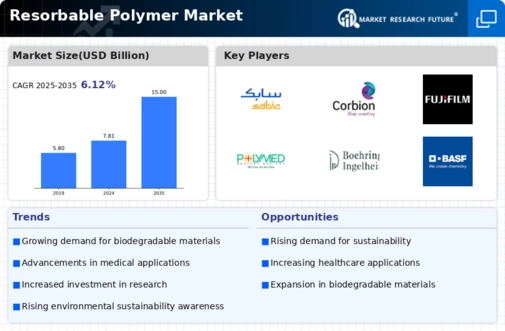
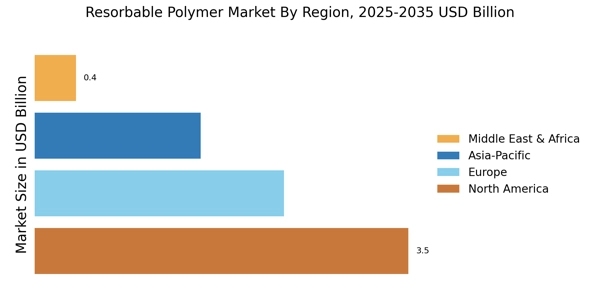

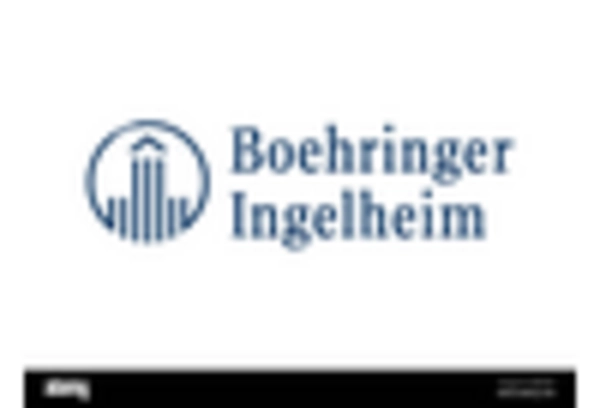
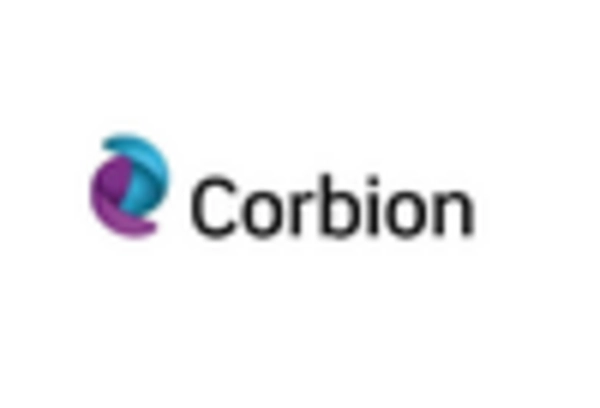

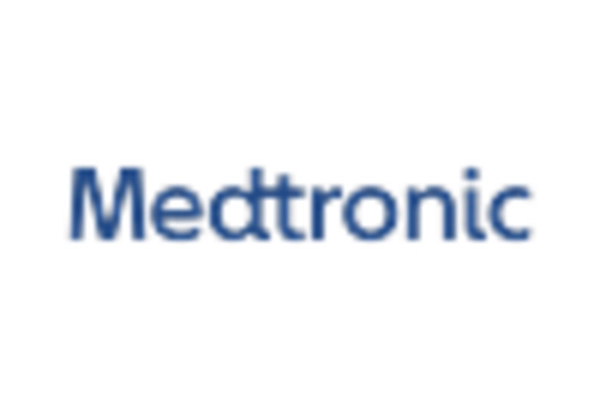
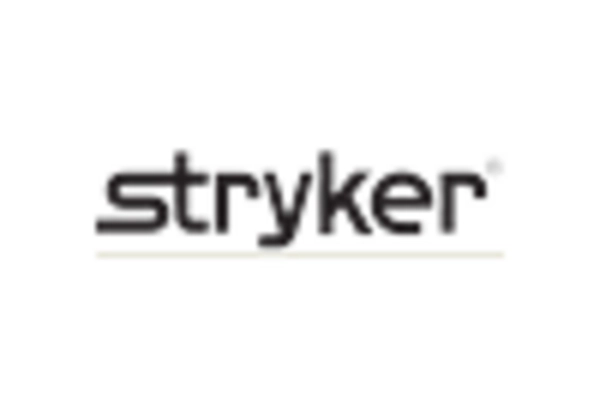








Leave a Comment